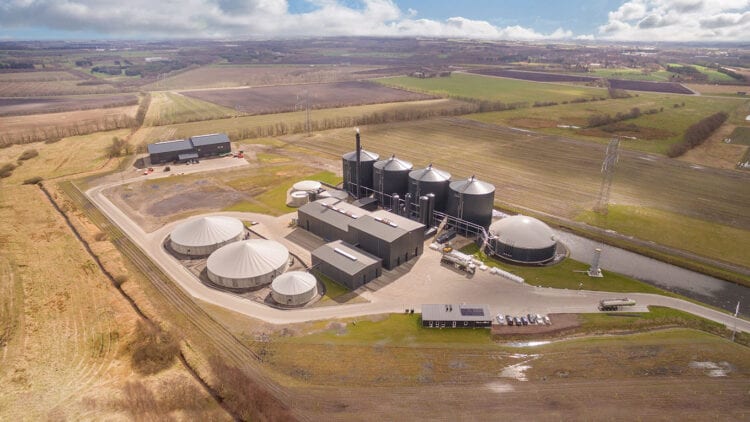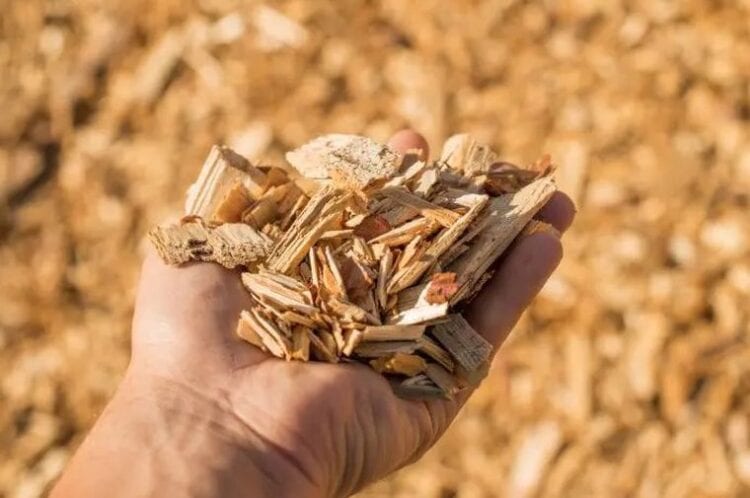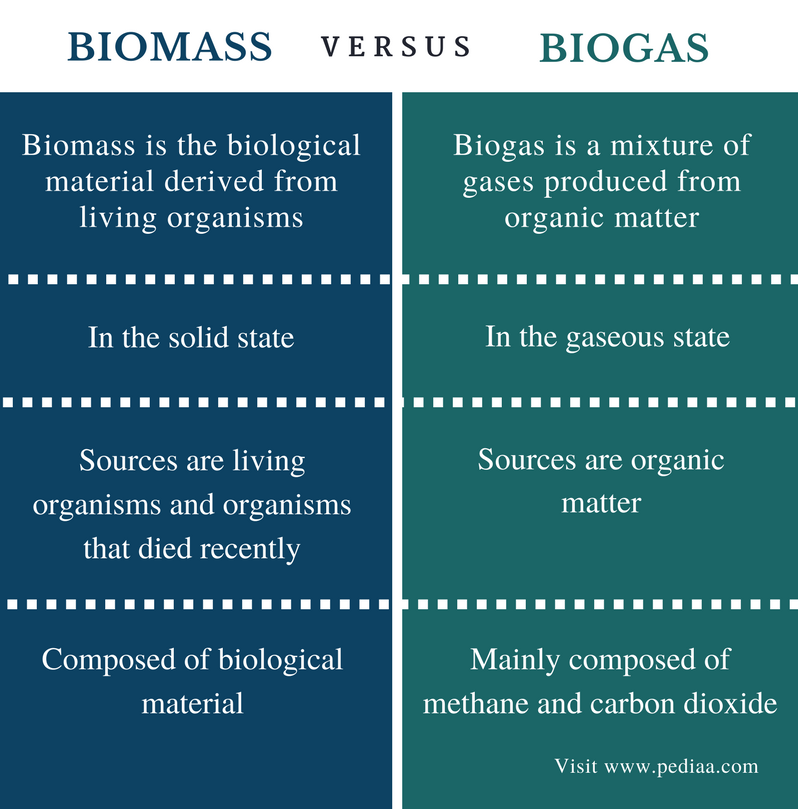With the long use of fossil fuels, the environment has been endangered. The world’s reserves of these have been depleted by humans, and the emission of harmful gases has created a greenhouse effect, while global warming still keeps threatening. There are numerous reasons why we should become a more responsible society – we need to save our planet so that it can give us a longer and better life in return. As a solution to this global problem, the possibility of using renewable energy sources emerged as a possible option.
The available sources include water power, solar radiation energy, wind energy, geothermal energy, tidal energy, wave energy, biomass, and biogas. This could be quite a good replacement for the assets we used for so long and it could give another chance to our environment and to a healthier life.

Biogas is a product of a biochemical process of decomposition of organic matter in the absence of oxygen. So, it’s anaerobically processed. Biogas can be used for the production of thermal energy, electricity as well as for the combined production of electricity, thermal and cooling energy.
The types of organic matter that can participate in biogas production are liquid and solid manure, degradable organic waste from food and agro-industry animal or plant origin, organic fractions from municipal waste and catering, wastes from agricultural production or cultivation of crops.

Biomass is the first and the oldest source of energy that has been used by humans. Solid biofuel is biodegradable material obtained from forest waste, wood industry waste, the rest of agricultural crops, or dedicated crops. So it might be branches, bark, sawdust, hay and many more whose combustion provides the necessary power.
These two natural types of fuel are not the same thing. There are some key differences between them and, in case you want to know a little bit more about that, there’s a text below that could clear any doubts you have had regarding this.
Formation process:
The first difference which is crucial for understanding the diversity is the form of each biofuel.
Biomass refers to any biological substance. That can be any type of waste and by-products from different kinds of industries. Also, the material must be biodegradable and suitable for combustion and obtaining power. Almost every city in this world has a few industries for various purposes which means that there are conditions for the application of clean energy ideas all around the world. It’s only necessary to influence the consciousness of people and make it work. In case you’re interested to read even more about topics related to this, there’s a great blog on Clean Energy Ideas that could answer possible questions you might have.

Biogas is obtained from organic substances too, but differs from the above-mentioned fuel by the fact that it’s a product of decomposed biomass. Thus, it arises from biomass itself. The aggregate state of both of them is different and therefore applies in their own ways.
Way of producing energy
Decomposition of biogas waste can take place in a landfill, in a closed anaerobic digestion plant, or wastewater treatment plants.
The choice of a biogas plant mostly depends on the characteristics of the substrates used. Their aggregate state can be liquid or solid. Liquid substrates are first stored in tanks and then sent to a digester for the pasteurization process. Solids are also sent to the digester after storage in silos or underground concrete tanks. All biochemical processes which happen in digester result in the separation of biogas. The biogas obtained in this way can’t be directly used for energy production. It must be cleaned of sulfur and other harmful impurities. After that, it’s ready for use in boilers and cogeneration plants.
Thermal energy from biomass can be obtained by direct combustion in furnaces and boilers. In that case, classical grate combustion technologies are used.
The combined production of thermal and electrical power from biomass is achieved by applying the Organic Rankine Cycle (ORC). ORC is an example of a more efficient and reliable form of cogeneration.
Storage
In order to know how to store biomass, firstly we have to know its composition. Depending on whether it’s dry or has a certain percentage of moisture in it, we have to choose the storage system. The one with a higher moisture content requires special space and technique, as well as a storage time limit that will avoid the decomposition of the material. In the case of dry raw materials, spaces, where spontaneous combustion and decomposition won’t be possible, should be provided. Agricultural residues are usually left at the place of origin to get dry in the air and then formed into large bales. They can be covered and stored outdoors which helps us reduce transportation costs.
The quantities of generated biogas are variable and for that reason, it must be temporarily stored in the tanks provided for that. These tanks must be gas-tight, resistant to pressure, UV radiation, temperature, and weather conditions. Its tightness must be tested and for safety reasons, they must be provided with pressure regulating valves.
In any case, before starting the storage of this fuel, it’s crucial to get acquainted with all the instructions, rules, and laws that regulate this issue.
Application
These two types of fuels are connected by the fact that they’re very useful for the preservation of nature and the environment as they reduce the waste material generated as a result of the negligence of the agricultural, catering, and other industries.
However, their application in everyday life differs slightly. Solid biomass can be used to heat rooms in the winter, while liquid biomass is used as fuel for our cars. Biogas can be used to generate electricity, heat water and premises, and in industrial processes. If compressed, it can replace natural gas used in cars with internal combustion engines.
Nowadays, the whole world strives to turn to renewable sources and to influence people’s awareness to act responsibly. Just as we take care of what we eat and what we take into our body to keep it healthy and vital, we need to take care of the pollution of the environment in which we live, too. It’s fundamental that we all get involved in preserving it in order to improve the quality of our lives – we can’t forget to spend the available resources in a sustainable way in order to leave them to the new generations.

